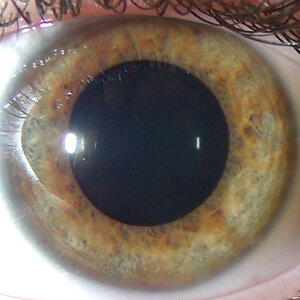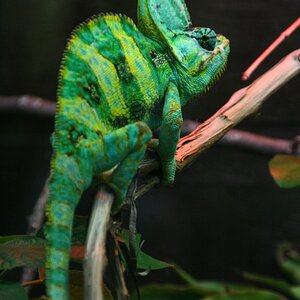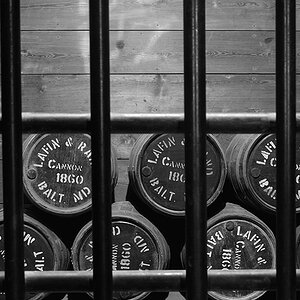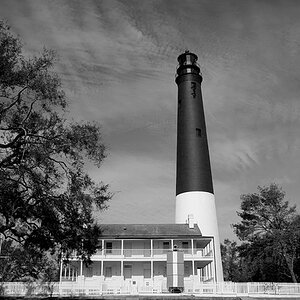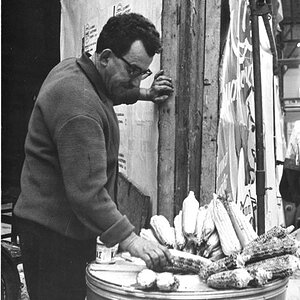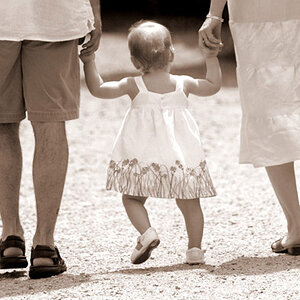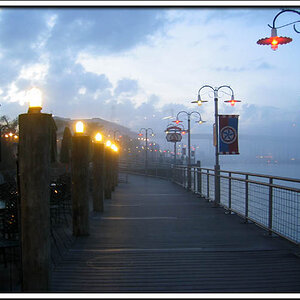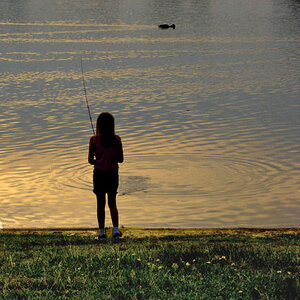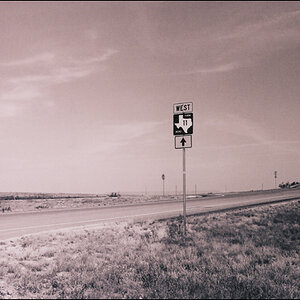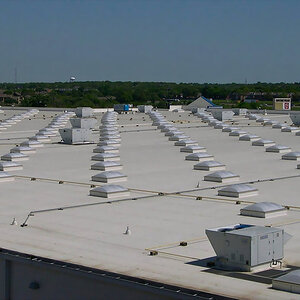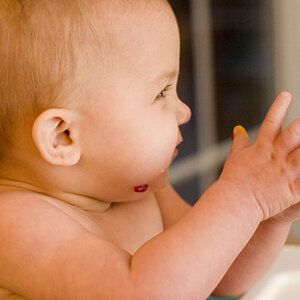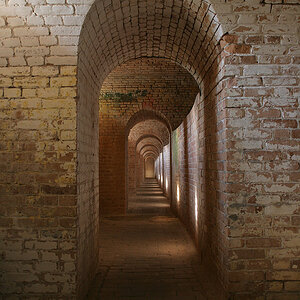Just beginning to look for a camera, and I am completely overwhelmed with the number of choices. So, I'm looking for some help.
1st, some background on me and why I want to buy a camera:
- Last time I did any semi serious photography, everything was film.
- I mostly shot with medium and large format cameras, but did do some 35 mm.
- My wife participates in athletic events (mostly triathlons, so frames per second is an issue especially during the bike) for the Leukemia and Lymphoma society, and I want to be able to record her efforts and those of her teammates.
- Quality equipment has always been important to me, but I'd rather not be spending $7000 on a camera; at this point anyway.
I've looked (on the Internet) at Nikons and Canons, but like I said, it is overwhelming out there. I really could use some guidance.
Look forward to you responses -
CMOS
1st, some background on me and why I want to buy a camera:
- Last time I did any semi serious photography, everything was film.
- I mostly shot with medium and large format cameras, but did do some 35 mm.
- My wife participates in athletic events (mostly triathlons, so frames per second is an issue especially during the bike) for the Leukemia and Lymphoma society, and I want to be able to record her efforts and those of her teammates.
- Quality equipment has always been important to me, but I'd rather not be spending $7000 on a camera; at this point anyway.
I've looked (on the Internet) at Nikons and Canons, but like I said, it is overwhelming out there. I really could use some guidance.
Look forward to you responses -
CMOS


